by Public Service Associate Luke
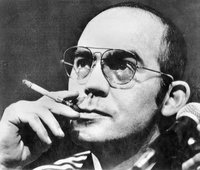
One of the core tenets of journalism is to remove yourself from the story and keep that sense of detachment in order to avoid any kind of bias or personal involvement. This rule is what allows journalists to maintain an air of neutrality in their reporting. “Gonzo Journalism” is the direct breaking of and sometimes flippant disregard for that rule. These stories often become more about the writing itself, rather than just the objective of the article or book. The term “Gonzo” has several disputed origins, from the semi-translation of a French term to a 1960s jazz song (no, none of them relate to the blue-beaked Muppet).
Gonzo Journalism was first mentioned by the editor of Scanlan’s Monthly when describing the seminal piece “The Kentucky Derby is Decadent and Depraved” by the creator of the movement, Hunter S. Thompson. This journalistic style is known for its writers being directly involved in the act they are meant to be observing. Think of embedded journalism, if the journalist also fired the rifle, smoked the drugs, or engaged in otherwise frowned-upon activities. The ethics of such a style are questionable, but they certainly bring about excellent and extremely detailed product. Hunter S. Thompson would begin and continue to add to the movement, while many other journalists and authors took influence from him and began getting involved in their own subject material. I first found Thompson in junior high, and I now own a copy (or two) of each of his works. I love this type of writing, and so I’ve collected a list of some of my favorites.
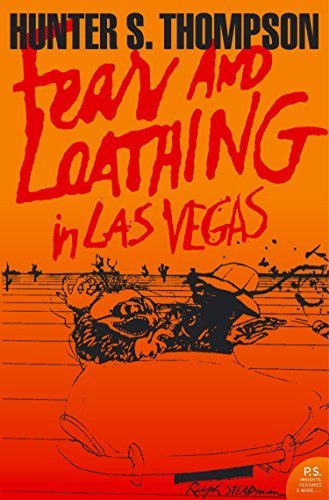
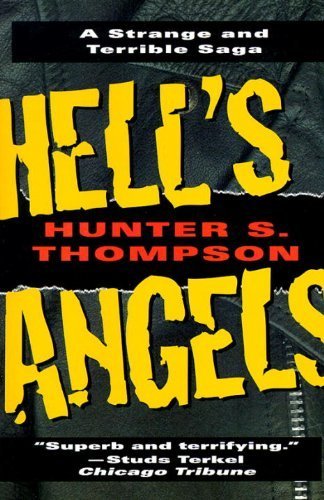
First, we begin with the man himself, the Gonzo King, Hunter S. Thompson. I linked his first piece above, and it is the best introduction for Gonzo. Fear and Loathing in Las Vegas is perhaps his most well-known book and skirts the edge between reality and fiction. Thompson famously was able to avoid legal troubles after doing many illegal things by changing some names and claiming the book was a work of slight fabrication. However, Thompson did really ride with the titular motorcycle gang for his book Hell’s Angels: The Strange and Terrible Saga of Outlaw Motorcycle Gangs. Thompson was involved in every aspect of traveling around southern California with the famously violent biker group. He broke windows, drank until morning, fought police, and slept on the ground. Thompson only ended his adventure when he was jumped by the Angels’ members, who beat him unconscious, smashing a cement brick over his head for the mere offense of defending a woman from biker harassment. If you ever wanted to read exactly what it was like to travel with the HAMC in the late Sixties, this book is your window.

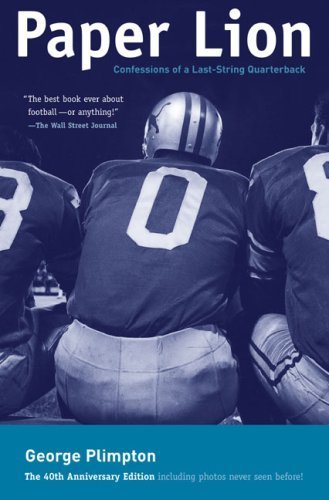
Thompson’s contemporaries took inspiration from the Gonzo author and wrote via participatory journalism themselves. In the world of athletics, George Plimpton became famous for his take on sports writing. Plimpton wouldn’t just write about what he saw in sports, he actively went onto the field and did it. Paper Lion is about his year playing football with the Detroit Lions. He was awful at it, and actually took every grandfather’s advice and stuck to his day job. Plimpton would attempt a go at other major sports, including baseball in Out of My League, and hockey with Open Net.

Terry Southern put his G.I. Bill to good use and traversed the world, putting his experiences into comic novels, many of which strain incredulity that the writer (allegedly) did not participate in the events himself. Southern was friends with and traveled with many of the Beatniks, putting Southern directly in line with much of the counterculture movement. Many of his novels satirize Americans and the forced internationalization of American culture. His best nonfiction work is collected in the terrific Red-Dirt Marijuana and Other Tastes. Southern also took his previous adventures and put them into his screenwriting career, writing and giving notes on films such as Dr. Strangelove, Easy Rider, and Cincinnati Kid.


The subsequent movement called “New Journalism” developed from the Gonzo style of writing. These were journalists who would not only become involved in their subject but would often use their own lives as the basis for their story. Authors like Joan Didion and her essay collection The White Album chronicled the mass movements of the Sixties. Tom Wolfe, in his The Electric Kool-Aid Acid Test, detailed the author’s travels with Ken Kesey’s Merry Pranksters, a hybrid hippy-Beatnik group that became famous for their liberal use of psychedelics. Some of the iconic writers and artists from the 1960s make an appearance, usually smoking weed around a fire, such as Neal Cassady, Allen Ginsberg, Jerry Garcia, and of course, Hunter S. Thompson.
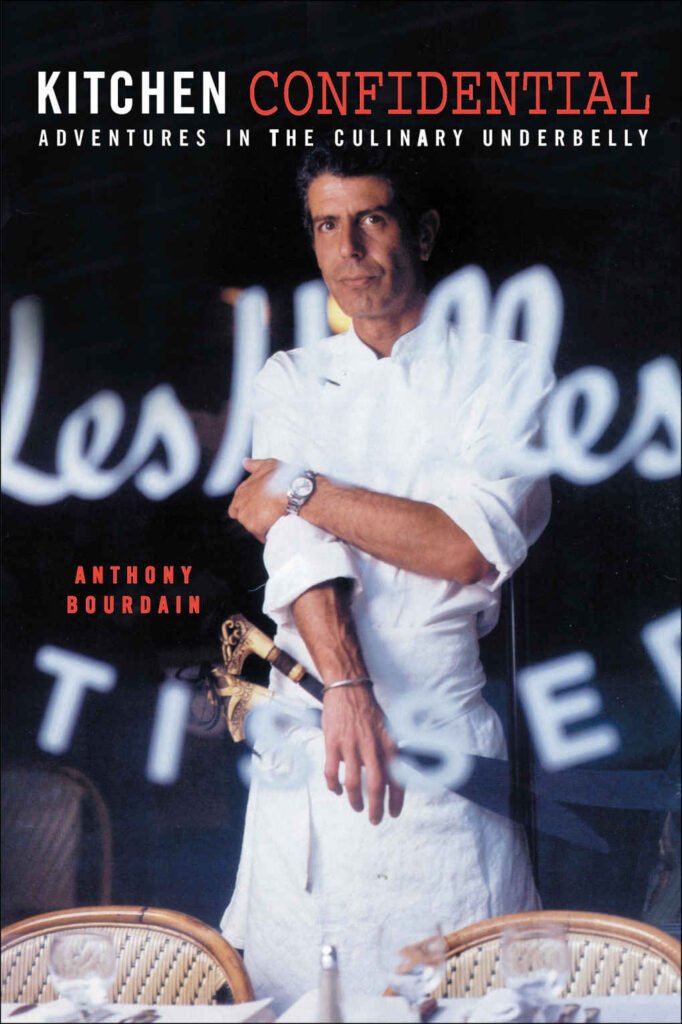
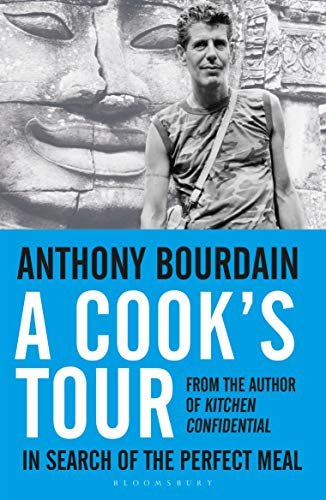
Thompson and the Gonzo movement have influenced writers even outside of the journalism world, such as my other favorite writer, Anthony Bourdain. Bourdain loved Thompson and used the Gonzo style of writing to craft his famous book about the disturbing world of chefs: Kitchen Confidential. This book is written by an insider but fits the mold of Gonzo writing given that Bourdain openly admits to participating in the wild world that he details within the book. Bourdain authored his initial article, later adapting it further into the book, with the intention of dissuading young people from becoming chefs unless they truly found their calling within the world of disgusting machismo and excessive abuse that happens in the kitchen (and maybe make some extra cash to feed his drug habit). Readers around the world decided that this life sounded like so much fun that an influx of young chefs both entering and immediately leaving the restaurant world followed its publication (readers of these works deciding that these lives sound fun despite the opposite intention of the author is one of the main thematic consequences of Gonzo Journalism). Bourdain would turn the success of his debut book into a life of traveling the world, sitting with the folk he visited and eating the same food they were. Bourdain eschewed the broken industry of capitalistic tourism, and instead insisted on settling in on the floor of a native grandmother, eating her bone-and-beef stew recipe that is ten generations old. In order to teach the culture of the countries he visited, Bourdain would participate happily in any cultural activities. In his books, such as Cook’s Tour, and throughout his various television shows, you can see him hunting and butchering animals, drinking and taking drugs, and being detained by overzealous police.
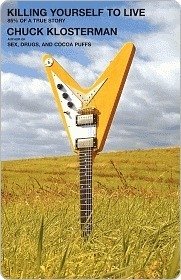

Plenty of modern writers use their own forms of Gonzo Journalism, which usually appears in published form as magazine articles. Some of my favorites have been compiled into books. Chuck Klosterman, rockstar essayist, adapted a few of his features for Spin magazine into his third book Killing Yourself to Live. Klosterman took his love of heavy metal and his interest in death to the extreme, traveling across the U.S. with bands and their fans to visit the resting places of his favorite musicians. Along the way he partakes in some of the more illicit activities that any fan of Ozzy Osbourne would call “commonplace”. John Jeremiah Sullivan did the same in his collection Pulphead. Sullivan wrote about his trip to one of the largest Christian rock concerts in the country, his brother being electrocuted to death and coming back to life, and the time that Sullivan’s house doubled as a filming set for the teen drama One Tree Hill. Both writers not only have some wildly entertaining and dramatic stories, but also detail the process of writing the articles, a distinctly Gonzo characteristic.

Barbara Ehrenreich became famous for her book Nickel and Dimed, a memoir of her time spent working as an undercover journalist in the world of minimum-wage waitressing. After nearly two years working in the industry, Ehrenreich came to the conclusion that these types of jobs, particularly those incorrectly viewed as “low-skill” don’t come close to being fulfilling occupations, both financially and mentally. She details everything from her scrambling attempts to find places to live on a meager wage to patrons who would claim that if she just prayed harder she could leave her job. The book was challenged upon its publication, and even today faces bans, due to being erroneously perceived as “socialist” and “promoting drugs”. (A bit of a side note: this probably should have been said earlier, but if you decide to read any Gonzo Journalism, understand that each book comes with an implied Explicit Content sticker. Drugs are consumed in every single book I have listed above. They will probably be consumed in every Gonzo book you will find. Depending on the subject material, drugs might even be the mildest aspect of the author’s trip.)
Gonzo Journalism is one of the most entertaining forms of nonfiction. Some of the funniest and strangest stories you can ever read come from this writing style. They may stretch the boundaries of truth and fiction, but you will never know, and that’s the best part. Even if you don’t want to dive into a book, you can always check out magazines such as the Rolling Stone and Esquire, which contain plenty of Gonzo writing and similar articles. This form of journalism can take you into entirely different worlds and environments, some you may have never heard of and others you may never want to visit in-person. However, entertainment and excellent writing is guaranteed.